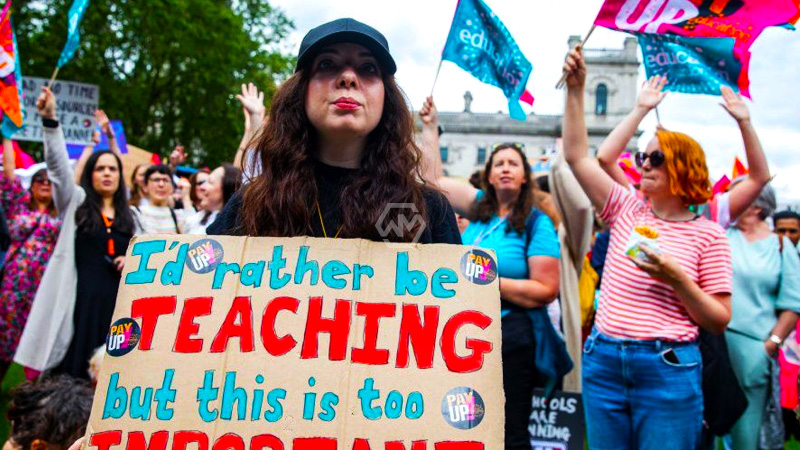- Training Secretary Gillian Keegan has kept in touch with associations to talk about the issue.
- Ms Keegan is alluding to the Strikes (Least Help Levels) Act, which applies to many laborers.
- Recently, a meeting was held on the least help levels in colleges.
Schools and universities in Britain will be approached to ensure a base number of staff are dealing with any future strike dates, the public authority has declared.
It will be on a deliberate premise from the outset at the same time, from here on out, Ms Keegan said the public authority could utilize powers presented recently.
Staff Levels in the School Strikes
The Public Relations of Head Instructors Association (NAHT) referred to the move as “undemocratic” and “unfeasible”.
The public authority said the law would guarantee laborers keep up with the capacity to strike while giving the community the fundamental administration they need.
The Division for Schooling says the understanding will safeguard kids, youngsters, and guardians to guarantee training can go on during any future strike activity.
Recently, educators in Britain from four associations were protesting a question about the public authority over pay.
During past strike activity, headteachers had plans set up to help GCSE and A-level understudies, and associations said head educators would ensure those students were in class for test arrangements.
The showing associations included acknowledged a proposal in July yet NASUWT individuals are right now making a move shy of a strike at schools in Britain.
Under the new regulation, which will apply to Britain, Scotland, and Ribs, the public authority would set the least help levels after a council.
Businesses can then issue a “work notice” to associations, setting out who is expected to work during a strike.



